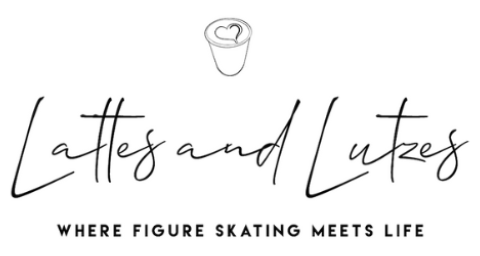
Whether you’re a beginner adult skater or a seasoned competitor, you’ve probably wondered: “Am I just sore, or am I actually injured?” In our exclusive interview with Mara Smith—retired competitive skater, certified athletic trainer, and strength and conditioning specialist—she breaks down the crucial signs every skater should know.
Meet Mara: A Skater Who Became an Athletic Trainer
Mara’s journey started like many of ours: on the ice, falling in love with skating—and frequently getting hurt. “I was always getting injured as a figure skater,” she recalls. That experience inspired her to become an athletic trainer so she could help skaters train smarter, recover faster, and avoid unnecessary injuries. After studying at the University of Delaware’s top-tier athletic training program and earning a Master’s in sports management, she launched a career focused on keeping skaters healthy.
Injury vs. Soreness: Understanding the Difference
Mara explains it simply:
- Injury involves damage like a sprain, strain, fracture, or concussion.
- Soreness means your muscles feel tender from being worked but there’s no structural damage.
She compares muscle fibers to steak fibers:
- Grade 1 strains cause tiny micro-tears—like lightly slicing into a piece of steak—and causing injury.
- Soreness might mean stressed or inflamed muscle fibers without real tearing.
And remember: soreness can happen without injury, especially when trying new skills or using muscles you haven’t worked in a while.
Fatigue vs. Weakness: What’s the Difference?
- Muscle fatigue means you can still perform but tire quickly.
- Muscle weakness means you’re struggling to do the movement at all.
Fatigue can often be improved with training; weakness might signal a need for rehab or strength work.

When to See a Doctor
- If pain lasts more than three days without improvement, see a doctor.
- If pain gets better with rest but returns when you skate again, get it checked out.
- And don’t rely on Dr. Google—self-diagnosing can delay proper treatment!
How to Prevent Overuse Injuries
Injuries often build up cumulatively. Mara advises skaters to ask themselves:
- When did the pain start?
- Did you add a new skill or intense practice recently?
- Did you combine skating with other physically demanding tasks (like painting a room)?
Plan your week holistically, considering all activities, not just time on the ice.
Smart Recovery Strategies
For everyday muscle stress:
- Avoid overloading the same muscle groups two days in a row.
- Use split routines: full-body strength days alternated with agility or balance days.
- Balance and stability exercises are especially important for adults.
For injuries:
- Always follow your doctor’s advice.
- Consider sports medicine specialists familiar with skating—they’ll understand your unique movement demands.
- Recovery often requires gradual reintroduction to skating, starting with off-ice drills before progressing on ice.
The Toolkit: What Works, What Doesn’t
I asked Mara her take on common recovery tools:
- Kinesiology tape: Good as a reminder you’re injured, but don’t rely on it as a crutch.
- Foam rolling & massage guns: Won’t change muscle tissue long-term, but can boost blood flow and reduce stiffness.
- Dynamic warm-ups: Essential before skating—run, do lunges, butt kicks, etc..
- Static stretching: These are best for after skating to improve flexibility.
And yes—avoid hopping straight on the ice cold; doing a quick dynamic warm-up saves time and prevents injuries.
Recovery After Injury
Recovery means active rehabilitation—not just rest. Once cleared by a doctor:
- Start off-ice with gentle strength, balance, and coordination work.
- Only return to on-ice practice when you can perform movements off-ice without pain.
- Progress slowly from simple moves to jumps or spins.
Final Thoughts: Rest Days Matter
Adults often fear rest days, worried they’ll lose progress. But as Mara says:
“Our bodies aren’t designed to be on the ice seven days a week. Give yourself time to recover with intentional movement, like walking, off-ice balance work, or light strength training.”
Busting a Big Myth: Off-Ice Doesn’t Need to Look Like On-Ice
One of Mara’s biggest frustrations? The belief that off-ice training must mimic skating exactly. Squats, lunges, and rows may not look like skating, but they build the foundational strength skaters need.
What’s your favorite way to warm up before hitting the ice? Share your tips in the comments below!

0 Comments